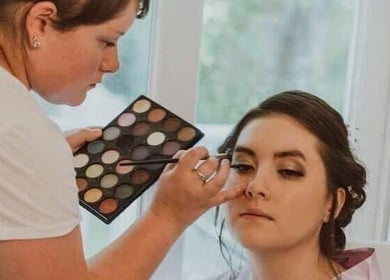
Influencer marketing has become a powerful tool for brands looking to connect with their target audience in a more authentic and engaging way. By partnering with influencers who have a loyal following, brands can reach new customers and build credibility in their industry. However, with so many influencers out there, finding the right ones for your brand can be a daunting task. This guide will help you navigate the world of influencer marketing and find the best influencers online to promote your products or services.
1. Define Your Goals
Before you start looking for influencers, it's important to define your goals for your influencer marketing campaign. This will help you narrow down your search to influencers who can help you achieve those goals. Some common goals for influencer marketing campaigns include:
Brand Awareness
- Reach a larger audience and increase brand visibility.
- Introduce your brand to a new demographic.
Engagement
- Generate buzz around a new product or service.
- Increase social media engagement and interaction with your brand.
Conversion
- Drive traffic to your website and increase sales.
- Encourage followers to make a purchase or sign up for a service.
2. Identify Your Target Audience
Understanding your target audience is crucial for finding the right influencers to promote your brand. Consider the demographics, interests, and behaviors of your target audience to identify influencers who align with your brand and can effectively reach your target market.
Factors to consider when identifying your target audience:
- Age, gender, and location
- Interests and hobbies
- Online behavior and social media usage
- Buying habits and purchasing power
3. Research and Shortlist Influencers
Once you have defined your goals and identified your target audience, it's time to start researching influencers in your industry or niche. Use social media platforms, influencer marketing platforms, and Google to find influencers who align with your brand values and can help you achieve your marketing objectives.
Tips for researching influencers:
- Check an influencer's engagement rate and audience demographics.
- Review their past collaborations and content to see if it aligns with your brand.
- Consider their follower count, but also look for influencers with a genuine connection to their audience.
- Reach out to influencers directly or through their management to express your interest in collaborating.
4. Evaluate Influencer Partnerships
When evaluating potential influencer partnerships, consider more than just the influencer's reach or follower count. Look for influencers who are authentic, credible, and have a genuine connection with their audience. Additionally, consider the following factors when assessing influencers for partnership:
Factors to consider when evaluating influencers:
- Relevance to your brand and target audience
- Quality of content and engagement with followers
- Professionalism and reputation in the industry
- Past collaborations and success metrics
5. Negotiate Terms and Create a Partnership Agreement
Once you have identified the best influencers for your brand, it's time to negotiate terms and create a partnership agreement. Clearly outline your expectations, deliverables, timeline, and compensation to ensure a successful collaboration with the influencers. Be transparent about your goals and objectives for the partnership to set the stage for a mutually beneficial relationship.
Key elements of a partnership agreement:
- Campaign goals and objectives
- Deliverables and timeline
- Compensation and payment terms
- Exclusivity and usage rights
- Metrics for measuring success
6. Track Performance and Optimize Campaigns
After partnering with influencers and launching your influencer marketing campaign, it's essential to track performance and monitor the results of the collaboration. Use analytics tools and performance metrics to measure the impact of the campaign, track key performance indicators (KPIs), and optimize your strategies for better results.
Metrics to track for influencer marketing campaigns:
- Reach and engagement (likes, comments, shares)
- Click-through rate and website traffic
- Conversion rate and sales attributed to the campaign
- Brand sentiment and audience feedback
By following these steps and best practices for finding the best influencers online, you can create successful influencer marketing campaigns that drive brand awareness, engagement, and conversions. Remember to stay updated on industry trends and continuously evaluate and optimize your influencer partnerships for maximum impact.








